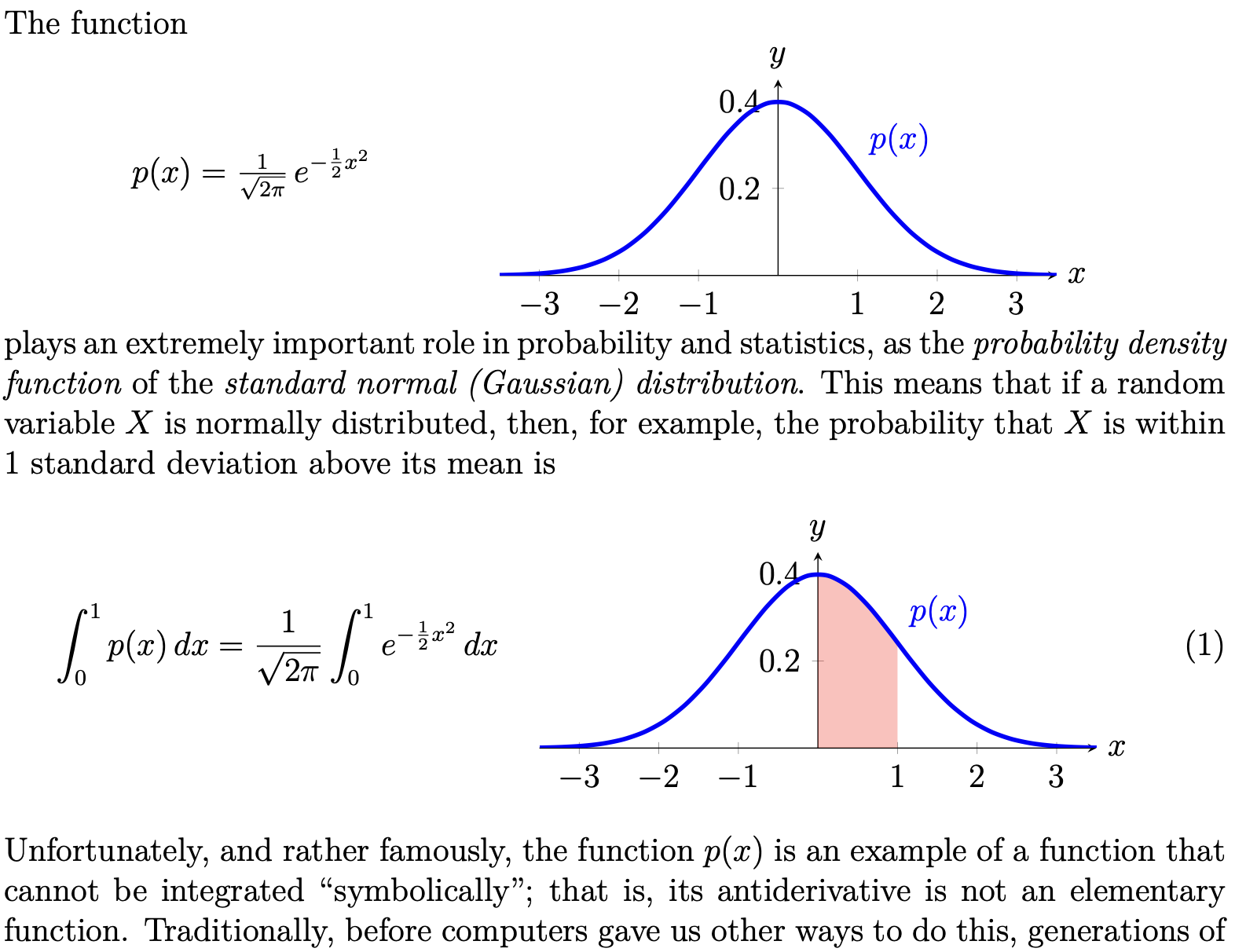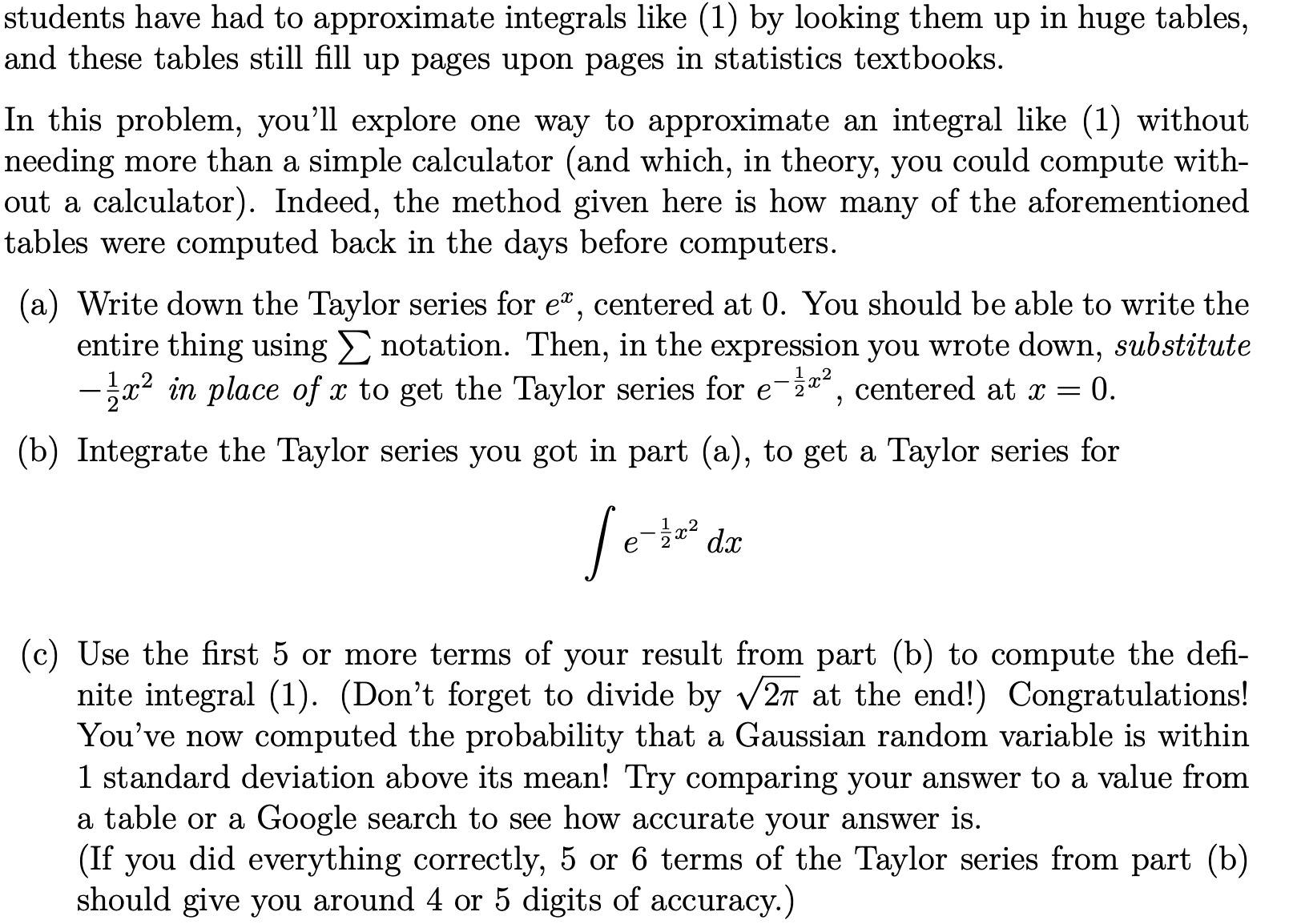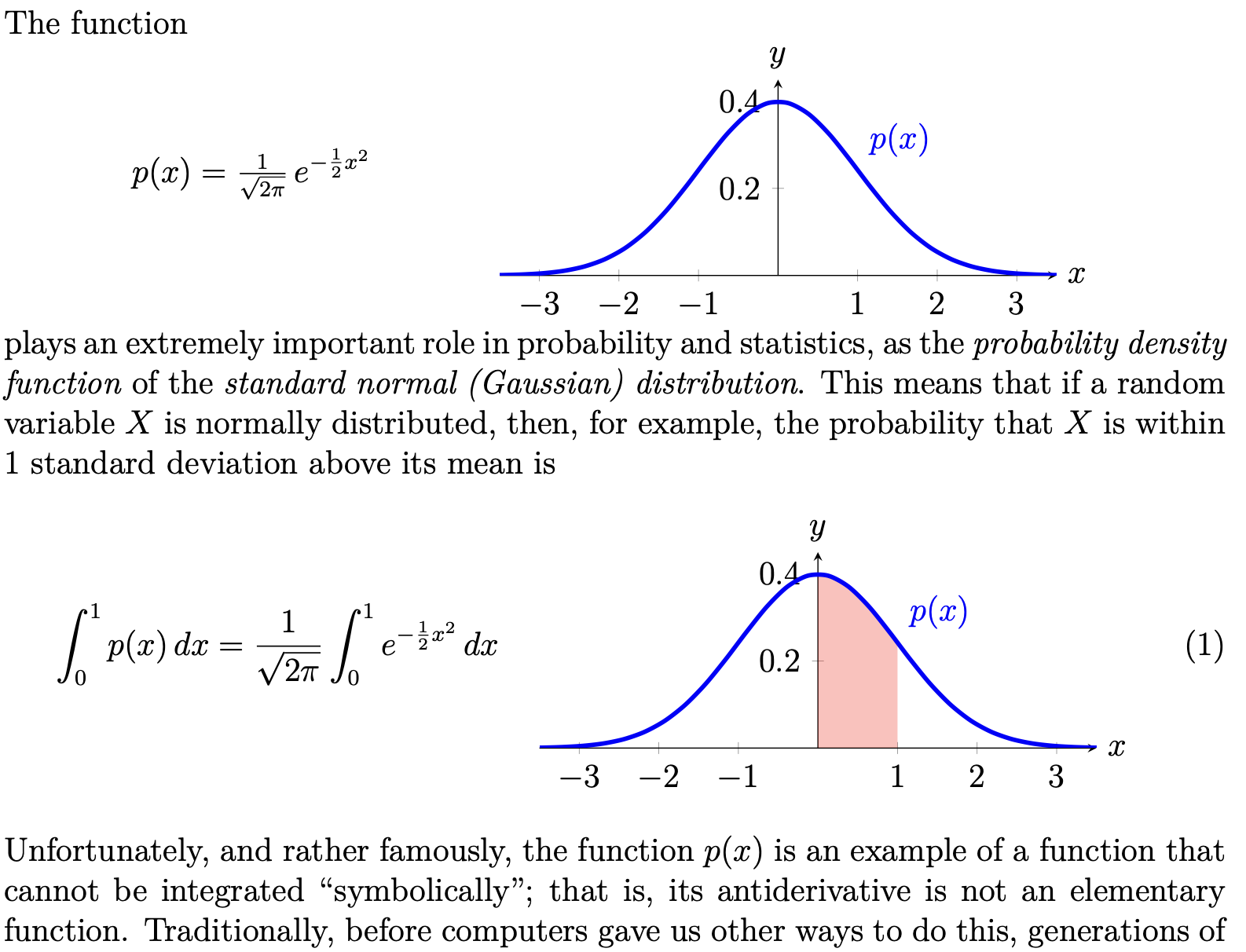Answered step by step
Verified Expert Solution
Question
1 Approved Answer
Hello tutors , I need help with this series word problem. I apologize it's long, I would break it up into parts but unfortunately, this


Hello tutors , I need help with this series word problem. I apologize it's long, I would break it up into parts but unfortunately, this uses each previous part as a reference. Please let me know how you can come across this, thank you!


Step by Step Solution
There are 3 Steps involved in it
Step: 1

Get Instant Access to Expert-Tailored Solutions
See step-by-step solutions with expert insights and AI powered tools for academic success
Step: 2

Step: 3

Ace Your Homework with AI
Get the answers you need in no time with our AI-driven, step-by-step assistance
Get Started


